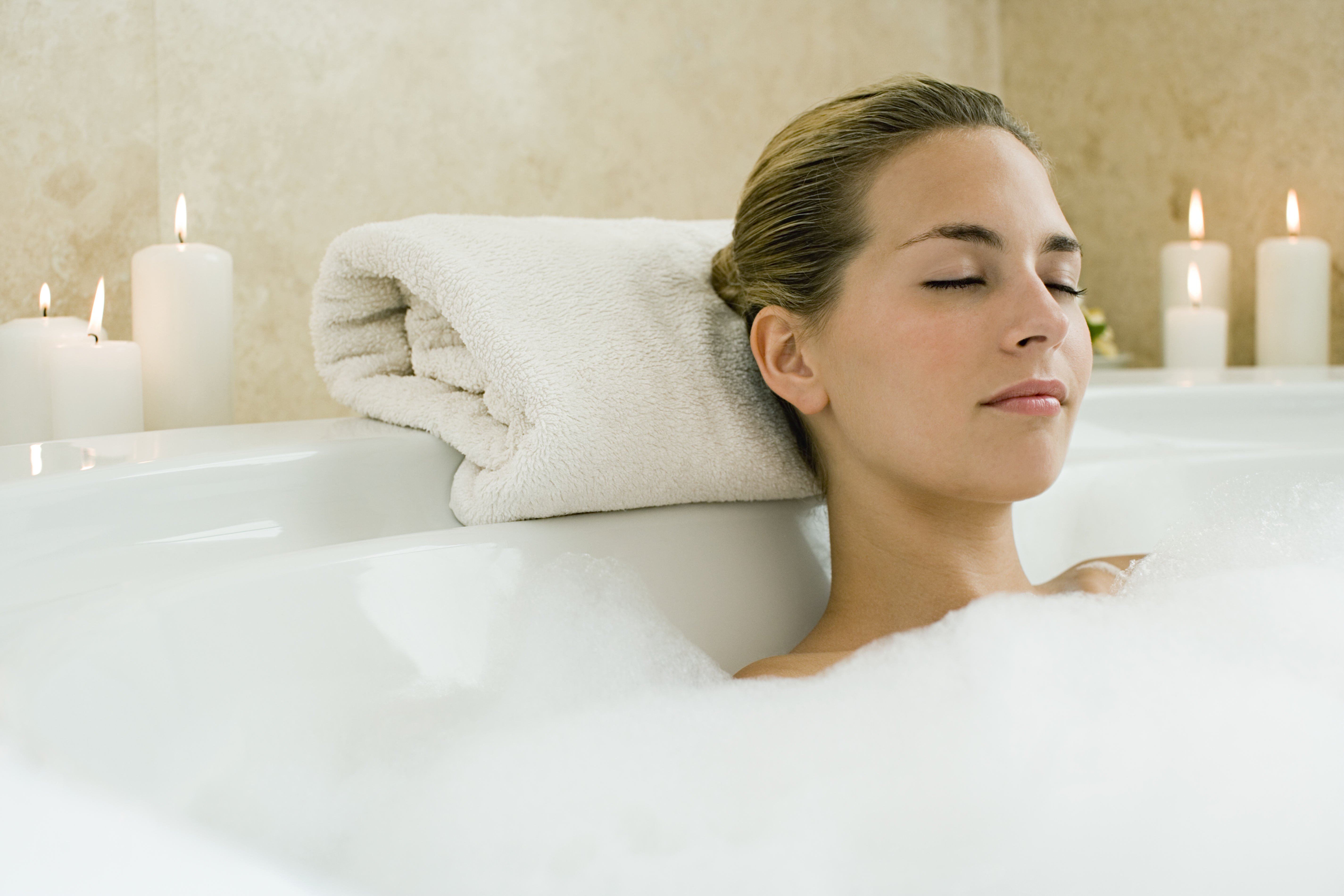Are candles bad for your indoor air quality? Here's what to know

Are candles bad for your indoor air quality? Here's what to know
If you're like most of us you probably enjoy burning candles at home. But the pleasant scents and calming ambiance may also come with various indoor air pollutants. This article explains what these emissions are, who they may affect and how you can combat them. As with any healthy home, effective ventilation is important - Panasonic's indoor air quality solutions can keep you breathing well day and night.
Burning candles in your home can be a ritual to wind down after a stressful day or it can set the tone for a night of entertaining. Some candles can make our houses smell good, while others just look nice on a dinner table or help create the perfect layered lighting. As much as we love candles, however, we can't help but ask – is it really good for us to be burning them in our homes? We spoke with air quality experts to figure out what affect candles may be having on the air in our homes. Keep reading for everything you need to know about candles and indoor air quality.
How does burning candles impact indoor air quality?
In general, experts say that candles can indeed impact indoor air quality, but the negative effects are generally considered small, so long as candles are burned in well ventilated indoor spaces. “Burning candles is generally considered safe under normal conditions,” said Karen Clay, a professor of economics and public policy at Carnegie Mellon University in Pittsburgh, who is an expert in air pollution and air quality. “The air quality effects may be more significant for larger numbers of candles or in poorly ventilated spaces.”
So, as long as you're burning your candles in moderation and in well-ventilated spaces, you shouldn't have too much to worry about. However, if you want to get a better understanding of the impact of your candle burning habits – especially if someone in your home has asthma or allergies – then there's a bit more to break down.
For starters, burning anything, whether that's wood, food, or candles, leads to emissions of a range of pollutants, Clay said. “For candles, emissions include particulate matter and volatile organic compounds. The type of emissions will depend on the properties of the wick, the type of wax, and whether the candle is scented or not,” she added. More on all of that below.
Differences between burning scented vs. unscented candles
Scented candles have a somewhat greater impact on air quality than unscented candles, because they typically contain more volatile organic compounds, explained Clay, who noted the overall effects of both scented and unscented candles are small under normal conditions. “That said, some individuals may be more affected by exposure than others, depending on their sensitivity to scents and specific pollutants,” she clarified.
Differences between burning different types of wax
Paraffin wax candles have generally been found to emit more pollutants than natural wax candles. “Higher quality natural wax candles are likely to be cleaner burning and safer choices than paraffin candles,” Clay explained.
In addition to the type of wax, the wick is also important to know about. “Candle safety really comes down to the wick being used and the ingredients of the candle,” said Jessica Wicks, an HVAC expert and president of DUCTZ, which is headquartered in Ann Arbor, Michigan. “Consumers should avoid lead or metal wicks and paraffin wax candles.” She also recommends paying attention to specific candle ingredients. “You should choose soy, beeswax, or coconut oil candles with cotton wicks,” Wicks says. “Higher quality candles are more expensive, but typically last longer.”
It’s also important to be mindful of how the candle is reacting. “If a candle is emitting a noticeable carbon cloud, the candle should not be used indoors,” Wicks emphasized. She recalled that her company has dealt with many instances where the furnace or air handler filters of the HVAC systems are black with carbon soot from the customer regularly burning candles.
Candle burning safety tips
While we're at it, it's worth mentioning some general candle burning tips, in addition to considering the air quality impact. Never burn candles around furniture, draperies, small children, cats or counter-surfing dogs, said Wicks. And, when the candle becomes completely liquid, snuff out the candle by placing the lid on it, and “never blow the candle out [at this point] as this could cause a fire.”
In addition, the National Candle Association always recommends trimming your wick to ¼ inch before lighting, avoiding drafts, burning your candle for no longer than four hours, and never leaving your candle unattended.
This article was written by Erica Lamberg from Real Simple and was legally licensed through the DiveMarketplace by Industry Dive. Please direct all licensing questions to [email protected].












